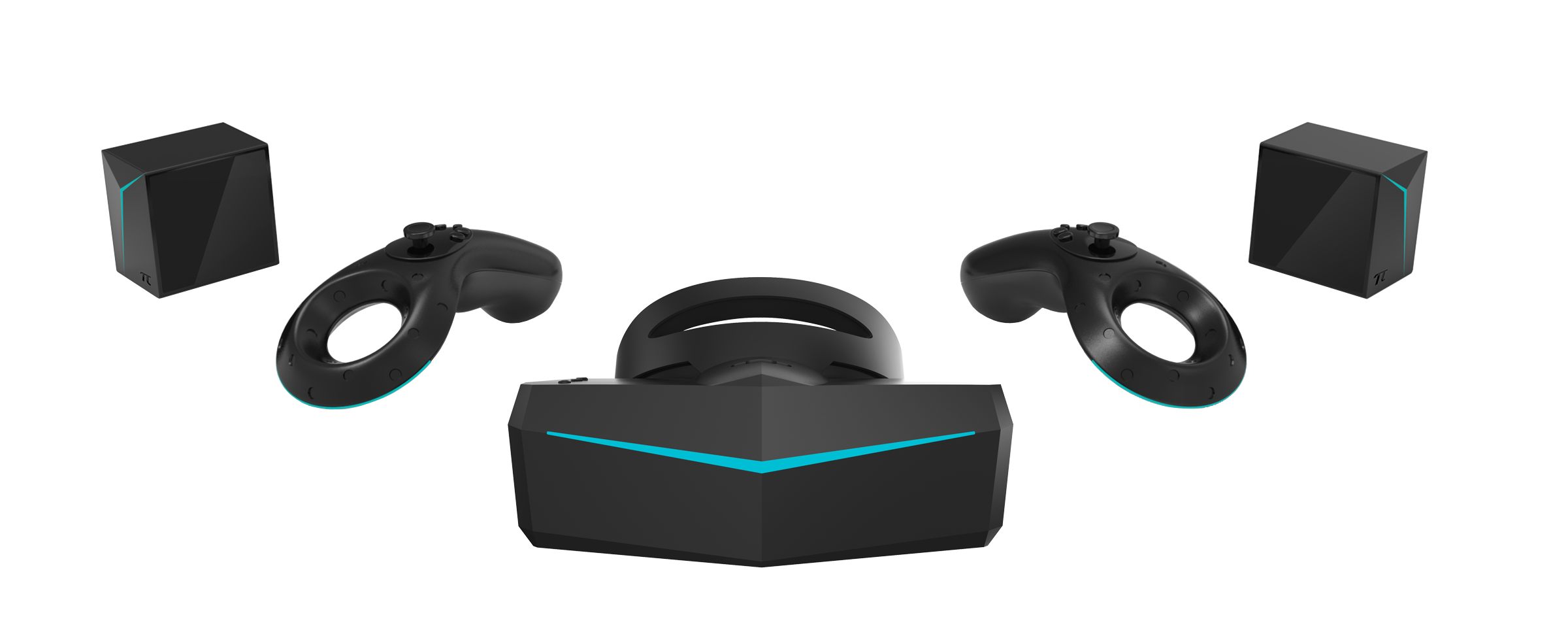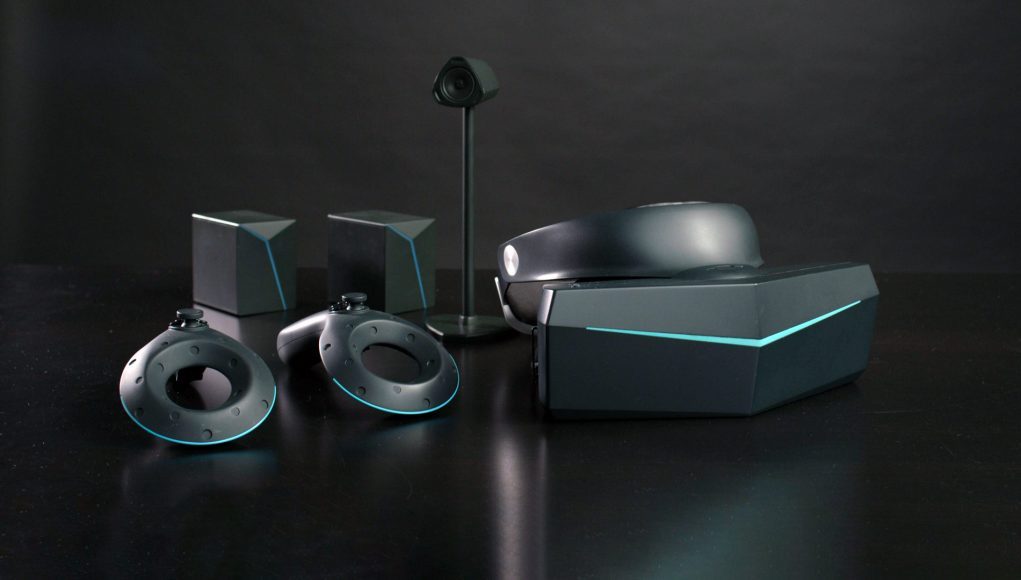Pimax, the China-based VR headset manufacturer known for their ‘4K’ headset, have hit Kickstarter with their newest devices last month, the Pimax ‘8K’ and ‘5K’ VR headsets. Surpassing their initial goal of $200,000 within the first few hours, Pimax has recently blasted past the $2 million mark in funding with 10 days remaining in the crowdfunding campaign. To that, the company has also included some interesting new goodies if they hit $2.5 million.
Update (10/24/17): The Pimax Kickstarter recently surpassed $2 million in funding, and today announced an additional set of stretch goals to go along with the previously reached goals which already include an extra facial interface, integrated audio, cooling fan, prescription eyeglasses frame, and wireless transmitter. Now, the company says the $2.5 million mark will allow them to do three specific things.
- to use the budget to create a conference for VR content developers
- to further integrate Pimax SDK so gamers can open games/apps from Steam VR/Oculus Home directly with PiHome
- to enable direct support of user-requested programs like vorpx. Favorite apps can be requested both on the Kickstarter comments area or in the Pimax forum.
Original Article (9/25/17): Despite the namesake, Pimax headsets aren’t actually 8K or 5K resolution, as they respectively feature dual 3,840 × 2,160 LCD panels and dual 2,560 × 1,440 LCD panels. These display resolutions are however higher than your standard Oculus Rift or HTC Vive, which is where some of the fanfare is coming from.

Arguably the biggest attraction is the headsets’ claimed 200 degree field of view (FOV), which proved to be both impressive and helpful for peripheral awareness in our hands-on with an early prototype.
As one of the first adopters of Valve’s SteamVR Tracking standard, both 8K and 5K headsets will also hook into existing Vive tracking basestations and Vive motion controllers—although some funding tiers provide their own Pimax-built basestations and motion controllers.
All of these factors no doubt led to the funding campaign’s overall success, which is still going strong with over three weeks to go before its conclusion.
On the less positive side, the actual input for the 8K headset is only 2,560 × 1,440 per eye, which is then upscaled to 3,840 × 2,160 per eye, so it’s not truly rendering at the display’s full resolution. The company however offers a version of the headset that does away with the integrated upscaler and renders at full display resolution, but suggests at very least a GTX 1080 Ti to power it. There’s also concerns about how games can actually render the headsets’ 200 degree FOV, with Norm from Tested saying in his hands-on that he felt that Pimax was noticeably stretching FOV to fit—something that isn’t exactly ideal for spatial awareness or immersion.
Despite its misgivings, Pimax seems to be squeezing everything out of current gen GPUs and display tech, which is why the company is using a software technique they call ‘Brainwarp’ that renders an image only on a single display at time, doing it 150/180 times per second. Pimax says users “perceive a complete 8K at 150/180 Hz with high frame rate,” and that it “boosts refresh rate, reduces latency and decreases GPU pressure for Pimax 8K.”
“We are so honored to be in the presence of such a passionate VR community,” the company said. “This makes us more than certain that we are striving for the same goals!”
With the $1.5 million milestone, the campaign hits a new stretch goal: a cooling fan for the headset and optional prescription lens add-on. Prior stretch goals unlocked at $1 million and $500,000 include an upgrade head-mount and an additional face cushion, respectively.
Update (10/27/17): It was incorrectly reported earlier that the 5K headset will feature OLED panels. This is true in current prototypes, but the full production version is said to contain the same type of LCD offered in the 8K headset.







